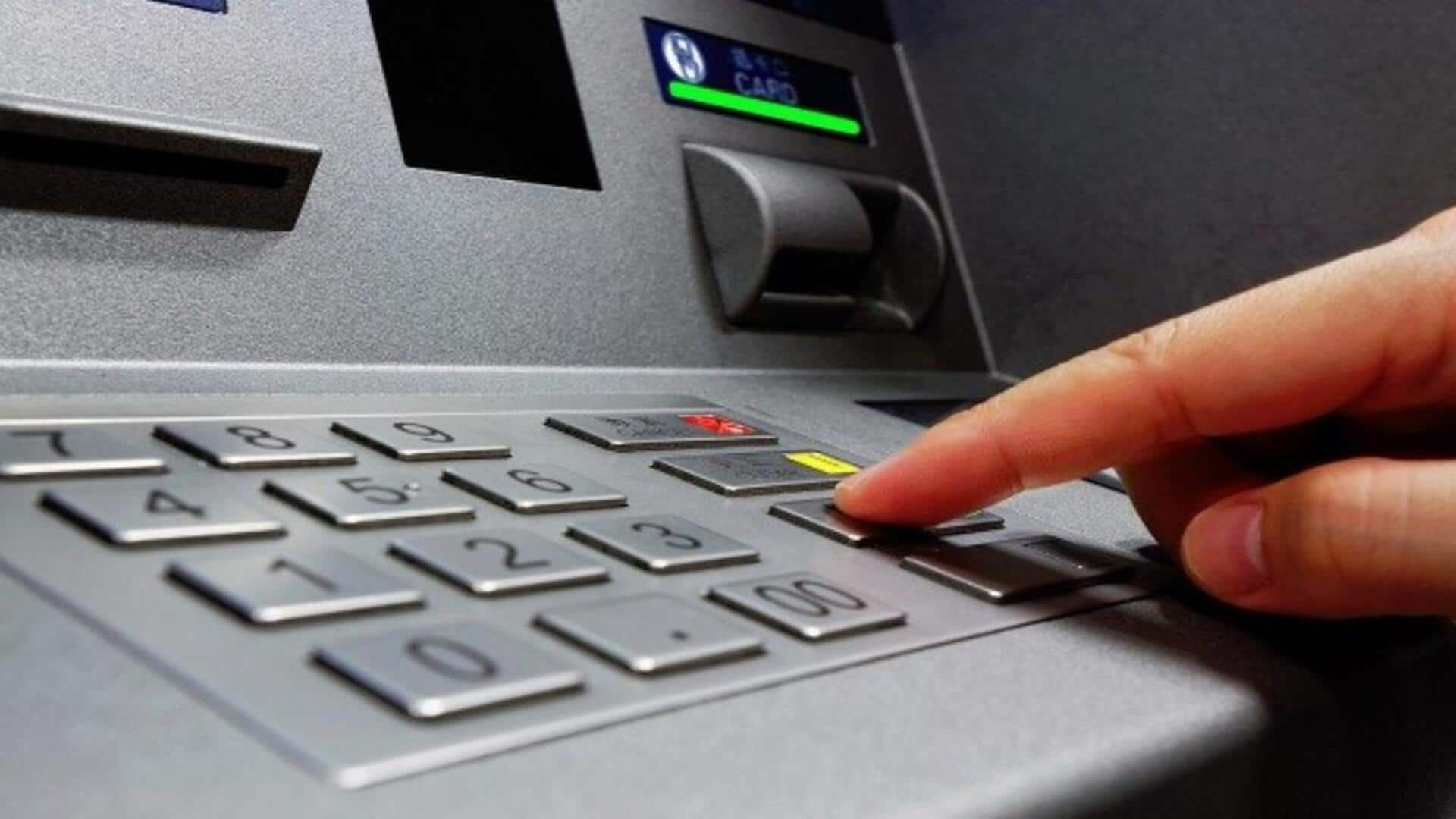
Indian banks face ATM shortage, seek RBI and government intervention
What's the story
Indian banks are facing a significant shortage of automated teller machines (ATMs), prompting appeals to the Centre and the Reserve Bank of India (RBI), according to The Economic Times. In a recent meeting, bankers identified the limited capacity of ATM vendors as a major hurdle. They also voiced a more flexible approach to expedite the procurement process from the government's e-marketplace, known as the GeM portal.
Policy impact
'Make in India' initiative slows ATM production
The 'Make in India' initiative, which encourages domestic manufacturing across multiple sectors including ATM production, has inadvertently caused significant delays for ATM vendors. The policy guidelines introduced in FY20 have led to these vendors facing challenges in setting up operations within India. Industry insiders point to these guidelines as a main factor behind the current shortage of ATMs.
Proposal
Banks propose flexible approach for ATM procurement
State-run banks are required to get ATMs through the GeM portal. Although this portal wants to streamline procurement and ensure transparency, it has become a hindrance for lenders. Not all ATM vendors are registered on this platform, leading to confusion over the process and guidelines. To address this issue, banks have proposed a more flexible approach where they can float independent requests for proposals (RFPs) for ATMs, provided all guidelines are adhered to.
Implementation challenges
RBI's directive impacts ATM operations
The ATM shortage is particularly impacting banks as they transition to lockable cassette mechanisms in ATMs, as per RBI directives. In 2023, RBI ordered banks to upgrade their ATMs with these mechanisms, allowing cassettes to be swapped during cash replenishment, in place of being filled directly at the machines. Notably, only 30% of implementation has been done in vendor-managed ATMs so far. This is due to poor infrastructure issues including vaulting arrangements.